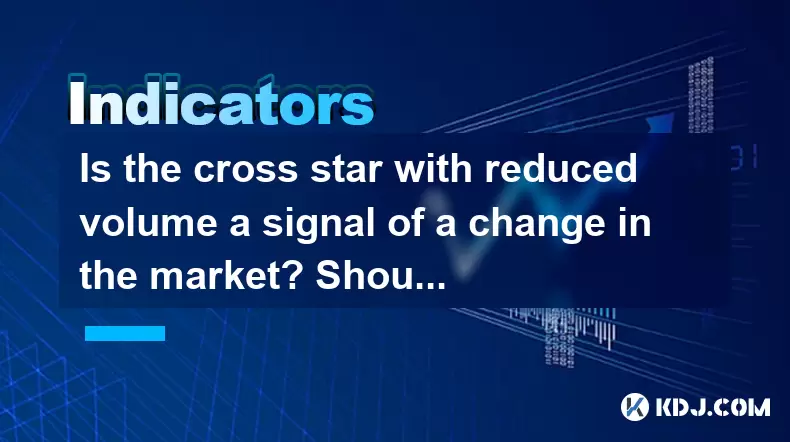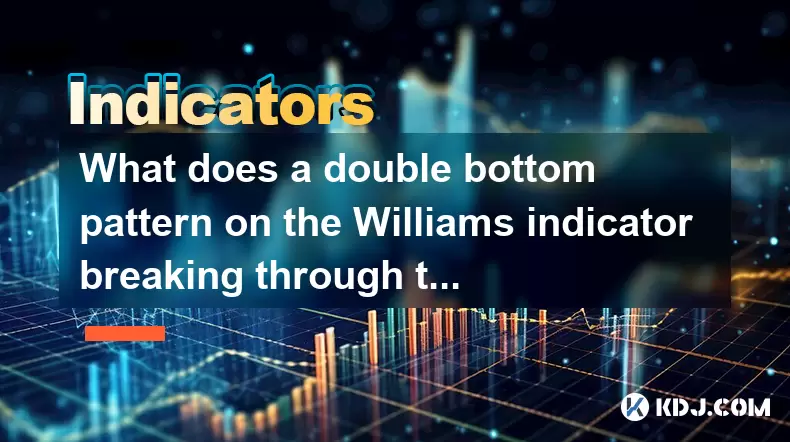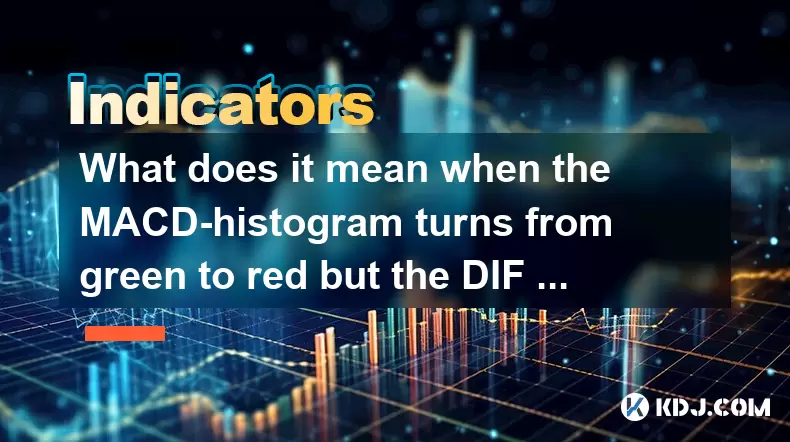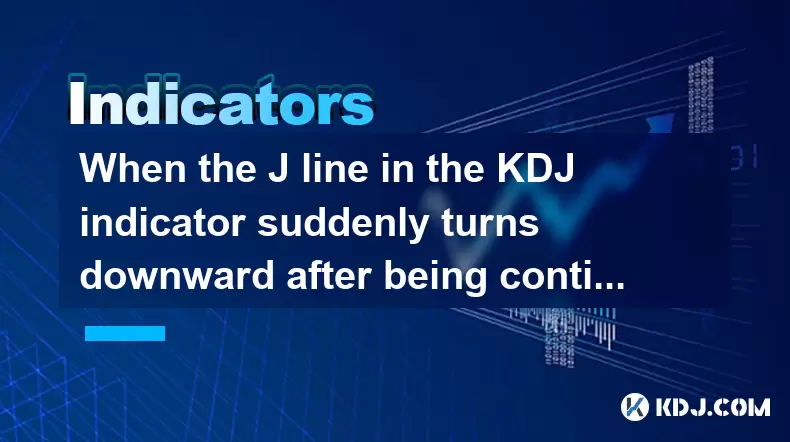-
 Bitcoin
Bitcoin $116400
-0.36% -
 Ethereum
Ethereum $4033
3.40% -
 XRP
XRP $3.302
-1.26% -
 Tether USDt
Tether USDt $1.000
-0.02% -
 BNB
BNB $796.1
1.67% -
 Solana
Solana $177.8
1.89% -
 USDC
USDC $0.9999
0.00% -
 Dogecoin
Dogecoin $0.2314
4.09% -
 TRON
TRON $0.3381
0.14% -
 Cardano
Cardano $0.7989
1.22% -
 Stellar
Stellar $0.4496
-1.84% -
 Chainlink
Chainlink $20.42
9.42% -
 Hyperliquid
Hyperliquid $41.17
0.88% -
 Sui
Sui $3.914
3.77% -
 Bitcoin Cash
Bitcoin Cash $584.7
1.52% -
 Hedera
Hedera $0.2632
-0.54% -
 Avalanche
Avalanche $24.09
3.40% -
 Ethena USDe
Ethena USDe $1.001
-0.02% -
 Litecoin
Litecoin $123.2
1.33% -
 Toncoin
Toncoin $3.318
-0.04% -
 UNUS SED LEO
UNUS SED LEO $8.984
-0.05% -
 Shiba Inu
Shiba Inu $0.00001323
2.85% -
 Uniswap
Uniswap $10.90
4.41% -
 Polkadot
Polkadot $3.999
3.34% -
 Dai
Dai $1.000
0.01% -
 Cronos
Cronos $0.1630
9.64% -
 Bitget Token
Bitget Token $4.484
0.82% -
 Monero
Monero $272.4
2.44% -
 Pepe
Pepe $0.00001173
6.03% -
 Aave
Aave $290.8
2.88%
Is the cross star with reduced volume a signal of a change in the market? Should I buy or sell the next day?
A cross star with reduced volume in crypto trading may signal a trend reversal, but traders should seek confirmation from subsequent candlesticks and other indicators before deciding to buy or sell.
Jun 02, 2025 at 04:35 am

Understanding the Cross Star with Reduced Volume
In the world of cryptocurrency trading, chart patterns and volume indicators play a crucial role in decision-making. One such pattern that traders often encounter is the cross star with reduced volume. This pattern can be a potential signal of a change in market direction, but it requires careful analysis to determine its implications. Let's delve into what this pattern means and how it can affect your trading decisions.
What is a Cross Star?
A cross star, also known as a doji, is a candlestick pattern that forms when the opening and closing prices of a cryptocurrency are virtually the same. This results in a small body with long upper and lower shadows, resembling a cross. The cross star indicates indecision in the market, as neither buyers nor sellers could gain control during the trading session.
The Significance of Reduced Volume
Volume is a key indicator that helps traders understand the strength behind a price movement. Reduced volume in conjunction with a cross star suggests that the market is losing momentum. When a cross star forms with lower trading volume, it can signal that the current trend is weakening and that a reversal might be imminent.
Analyzing the Cross Star with Reduced Volume
To accurately interpret the cross star with reduced volume, traders must consider the context in which it appears. Here are some factors to consider:
- Previous Trend: If the cross star forms after a prolonged uptrend or downtrend, it may indicate that the trend is losing steam and a reversal could be on the horizon.
- Market Sentiment: General market sentiment and news can influence the interpretation of this pattern. Positive news might suggest a bullish reversal, while negative news could indicate a bearish reversal.
- Confirmation: A single cross star with reduced volume is not enough to make a trading decision. Traders should look for confirmation from subsequent candlesticks and other technical indicators.
Should You Buy or Sell the Next Day?
Deciding whether to buy or sell the next day based on a cross star with reduced volume is not straightforward. It requires a nuanced approach and should not be based solely on this single pattern. Here are some steps to consider:
- Monitor the Next Candlestick: The candlestick that follows the cross star can provide valuable insights. A bullish candlestick with increased volume might suggest a buying opportunity, while a bearish candlestick could indicate a selling opportunity.
- Use Additional Indicators: Relying on other technical indicators such as moving averages, RSI (Relative Strength Index), and MACD (Moving Average Convergence Divergence) can help confirm the signal provided by the cross star.
- Assess Risk Tolerance: Your decision to buy or sell should align with your overall trading strategy and risk tolerance. If the market signals are ambiguous, it might be wise to wait for clearer signs.
Practical Example of Analyzing a Cross Star with Reduced Volume
Let's walk through a hypothetical example to illustrate how to analyze a cross star with reduced volume:
- Identify the Pattern: You notice a cross star on the daily chart of Bitcoin with significantly reduced volume compared to previous days.
- Contextual Analysis: The cross star appears after a month-long uptrend, suggesting potential exhaustion of the bullish momentum.
- Next Day Monitoring: The next day, you observe the formation of a bearish candlestick with higher volume, indicating a possible trend reversal.
- Confirmation: You check the RSI, which shows a bearish divergence, and the MACD, which confirms a bearish crossover. These indicators support the bearish signal from the cross star.
- Decision: Based on the analysis, you decide to sell your Bitcoin holdings to capitalize on the potential downtrend.
Implementing the Analysis in Your Trading Strategy
Incorporating the cross star with reduced volume into your trading strategy requires a systematic approach. Here's how you can do it:
- Set Up Alerts: Use trading platforms to set alerts for when a cross star with reduced volume forms on your watchlist cryptocurrencies.
- Review Historical Data: Analyze past instances of this pattern to understand how it has played out in different market conditions.
- Backtest Your Strategy: Use historical data to backtest your strategy of buying or selling based on the cross star with reduced volume to assess its effectiveness.
- Keep a Trading Journal: Document your observations and decisions to refine your strategy over time.
Frequently Asked Questions
Q: Can a cross star with reduced volume be a false signal?
A: Yes, like any technical pattern, the cross star with reduced volume can produce false signals. It's crucial to use additional indicators and wait for confirmation before making trading decisions.
Q: How often does the cross star with reduced volume appear in cryptocurrency markets?
A: The frequency of the cross star with reduced volume can vary depending on market volatility and trading activity. It's more common in less volatile periods but can appear at any time.
Q: Should I rely solely on the cross star with reduced volume for my trading decisions?
A: No, it's important to use the cross star with reduced volume as part of a broader analysis. Combining it with other technical indicators and market analysis will provide a more comprehensive view.
Q: Can the cross star with reduced volume be used in both bullish and bearish markets?
A: Yes, the cross star with reduced volume can be observed in both bullish and bearish markets. Its interpretation, however, depends on the preceding trend and other market factors.
Disclaimer:info@kdj.com
The information provided is not trading advice. kdj.com does not assume any responsibility for any investments made based on the information provided in this article. Cryptocurrencies are highly volatile and it is highly recommended that you invest with caution after thorough research!
If you believe that the content used on this website infringes your copyright, please contact us immediately (info@kdj.com) and we will delete it promptly.
- Moat Stocks & Mega-Cap Momentum: July's Standout Performance
- 2025-08-09 12:30:12
- Injective (INJ) Eyes $15.39 Breakout Amidst Explosive Network Growth
- 2025-08-09 12:30:12
- Ripple vs. SEC: XRP Price Soars as Legal Battles End, But Can It Outpace Rising Competitors?
- 2025-08-09 13:10:12
- DWP Management, XRP, and Digital Asset Funds: A New Era for Institutional Investment?
- 2025-08-09 13:30:12
- Pi Network's KYB Verification: A Leap Towards Sustainable Token Launch
- 2025-08-09 13:30:12
- Bitcoin, Dollar Alternative, and Institutional Adoption: A New Era?
- 2025-08-09 13:35:12
Related knowledge

What does it mean when the Triple Moving Average (TRIX) turns downward but the price doesn't fall?
Aug 09,2025 at 12:42pm
Understanding the Triple Moving Average (TRIX) IndicatorThe Triple Moving Average, commonly known as TRIX, is a momentum oscillator designed to filter...

What does it mean when the Williams' oscillator repeatedly hits bottoms but fails to rebound?
Aug 09,2025 at 09:28am
Understanding the Williams %R OscillatorThe Williams %R oscillator, developed by Larry Williams, is a momentum indicator used in technical analysis to...

What does a double bottom pattern on the Williams indicator breaking through the 50-day midline indicate?
Aug 09,2025 at 10:56am
Understanding the Williams %R IndicatorThe Williams %R indicator, developed by Larry Williams, is a momentum oscillator that measures overbought and o...

What does it mean when the MACD-histogram turns from green to red but the DIF line fails to form a golden cross?
Aug 09,2025 at 10:15am
Understanding the MACD and Its ComponentsThe MACD (Moving Average Convergence Divergence) is a widely used technical analysis tool in the cryptocurren...

When the J line in the KDJ indicator suddenly turns downward after being continuously overbought, does it indicate a top?
Aug 09,2025 at 06:35am
Understanding the KDJ Indicator and Its ComponentsThe KDJ indicator is a momentum oscillator widely used in cryptocurrency technical analysis to ident...

What does it mean when the TRIX indicator suddenly diverges downward after a long period of convergence?
Aug 09,2025 at 12:56am
Understanding the TRIX Indicator in Cryptocurrency TradingThe TRIX indicator, or Triple Exponential Average, is a momentum oscillator used in technica...

What does it mean when the Triple Moving Average (TRIX) turns downward but the price doesn't fall?
Aug 09,2025 at 12:42pm
Understanding the Triple Moving Average (TRIX) IndicatorThe Triple Moving Average, commonly known as TRIX, is a momentum oscillator designed to filter...

What does it mean when the Williams' oscillator repeatedly hits bottoms but fails to rebound?
Aug 09,2025 at 09:28am
Understanding the Williams %R OscillatorThe Williams %R oscillator, developed by Larry Williams, is a momentum indicator used in technical analysis to...

What does a double bottom pattern on the Williams indicator breaking through the 50-day midline indicate?
Aug 09,2025 at 10:56am
Understanding the Williams %R IndicatorThe Williams %R indicator, developed by Larry Williams, is a momentum oscillator that measures overbought and o...

What does it mean when the MACD-histogram turns from green to red but the DIF line fails to form a golden cross?
Aug 09,2025 at 10:15am
Understanding the MACD and Its ComponentsThe MACD (Moving Average Convergence Divergence) is a widely used technical analysis tool in the cryptocurren...

When the J line in the KDJ indicator suddenly turns downward after being continuously overbought, does it indicate a top?
Aug 09,2025 at 06:35am
Understanding the KDJ Indicator and Its ComponentsThe KDJ indicator is a momentum oscillator widely used in cryptocurrency technical analysis to ident...

What does it mean when the TRIX indicator suddenly diverges downward after a long period of convergence?
Aug 09,2025 at 12:56am
Understanding the TRIX Indicator in Cryptocurrency TradingThe TRIX indicator, or Triple Exponential Average, is a momentum oscillator used in technica...
See all articles

























































































